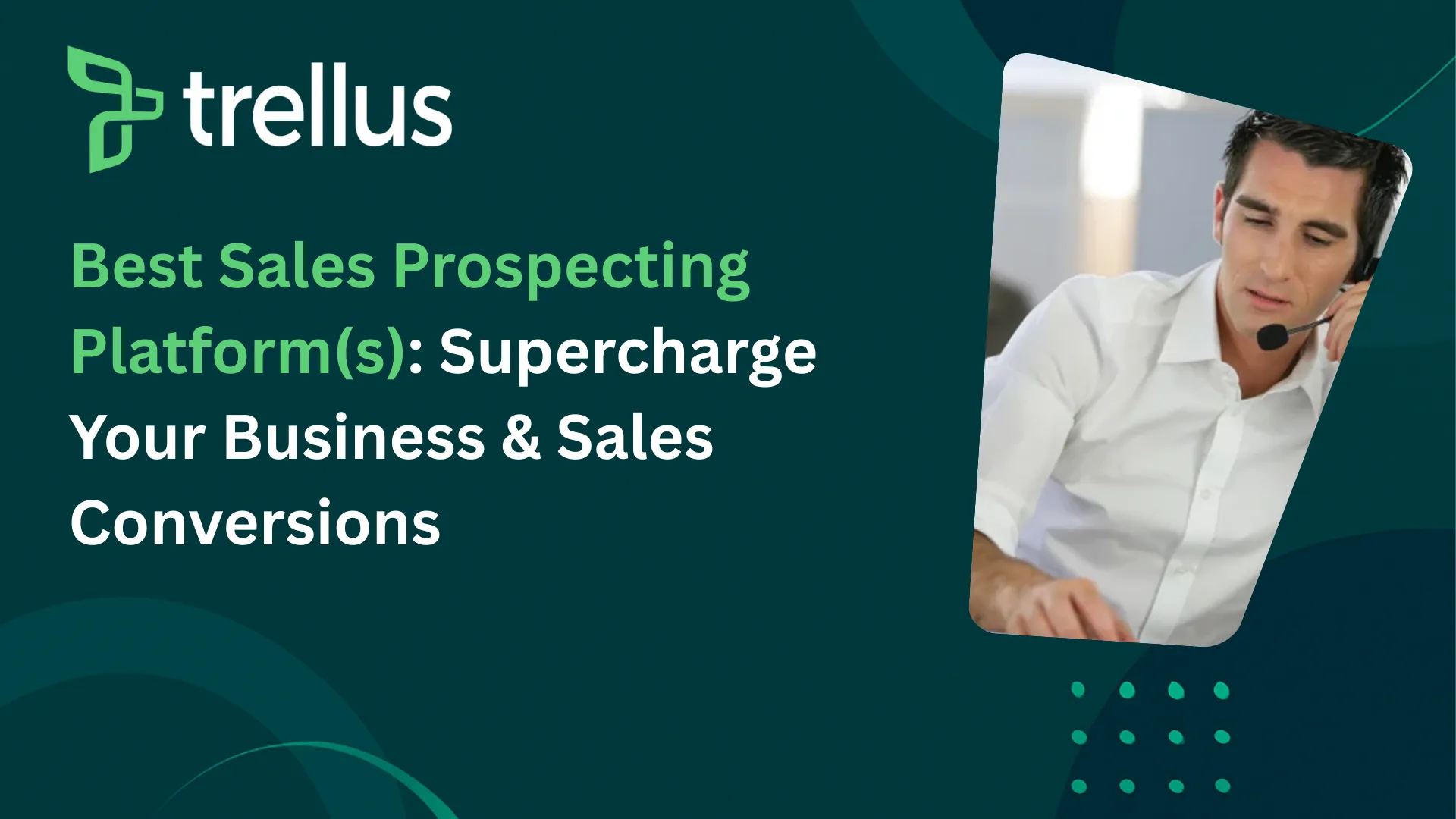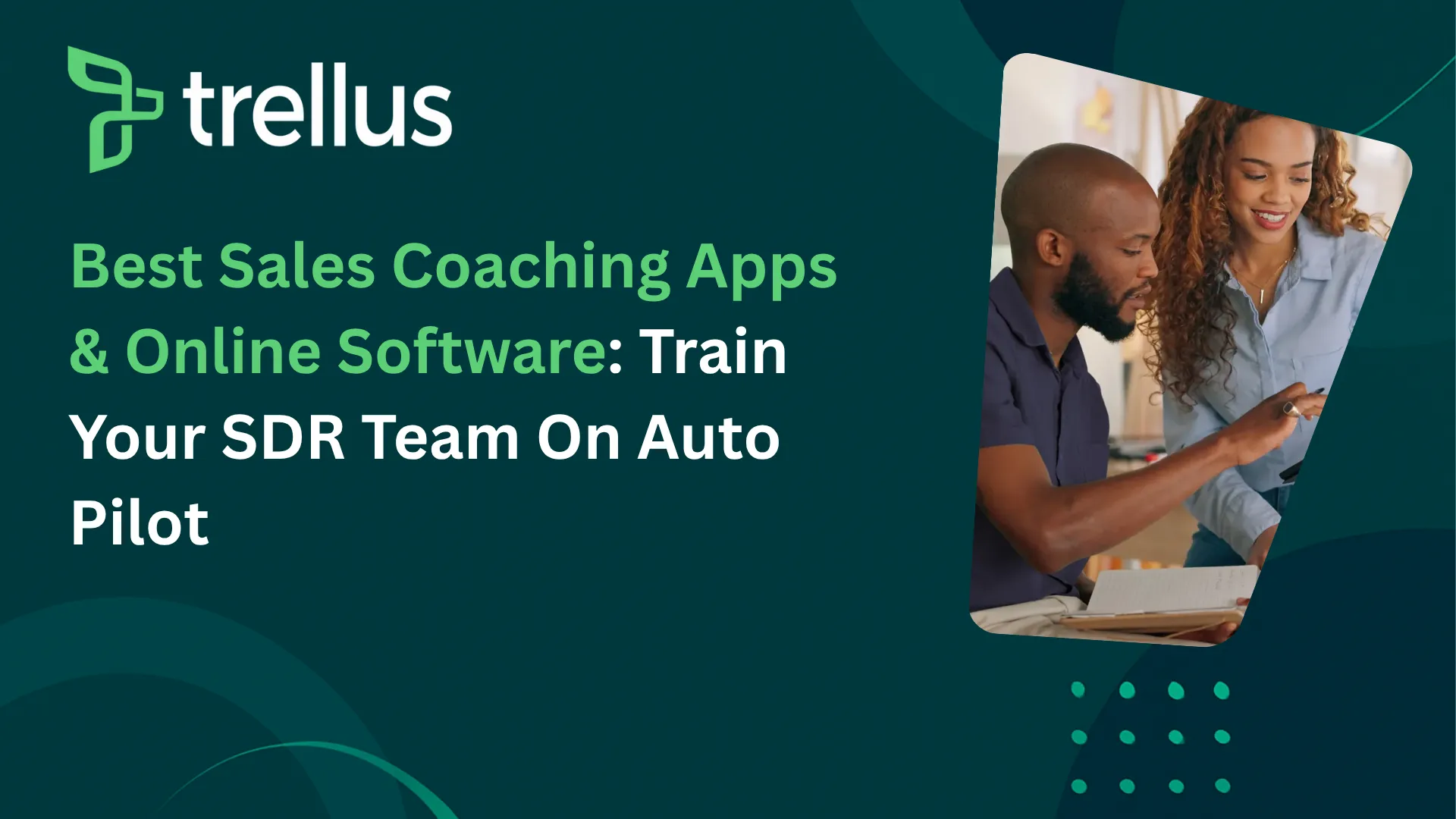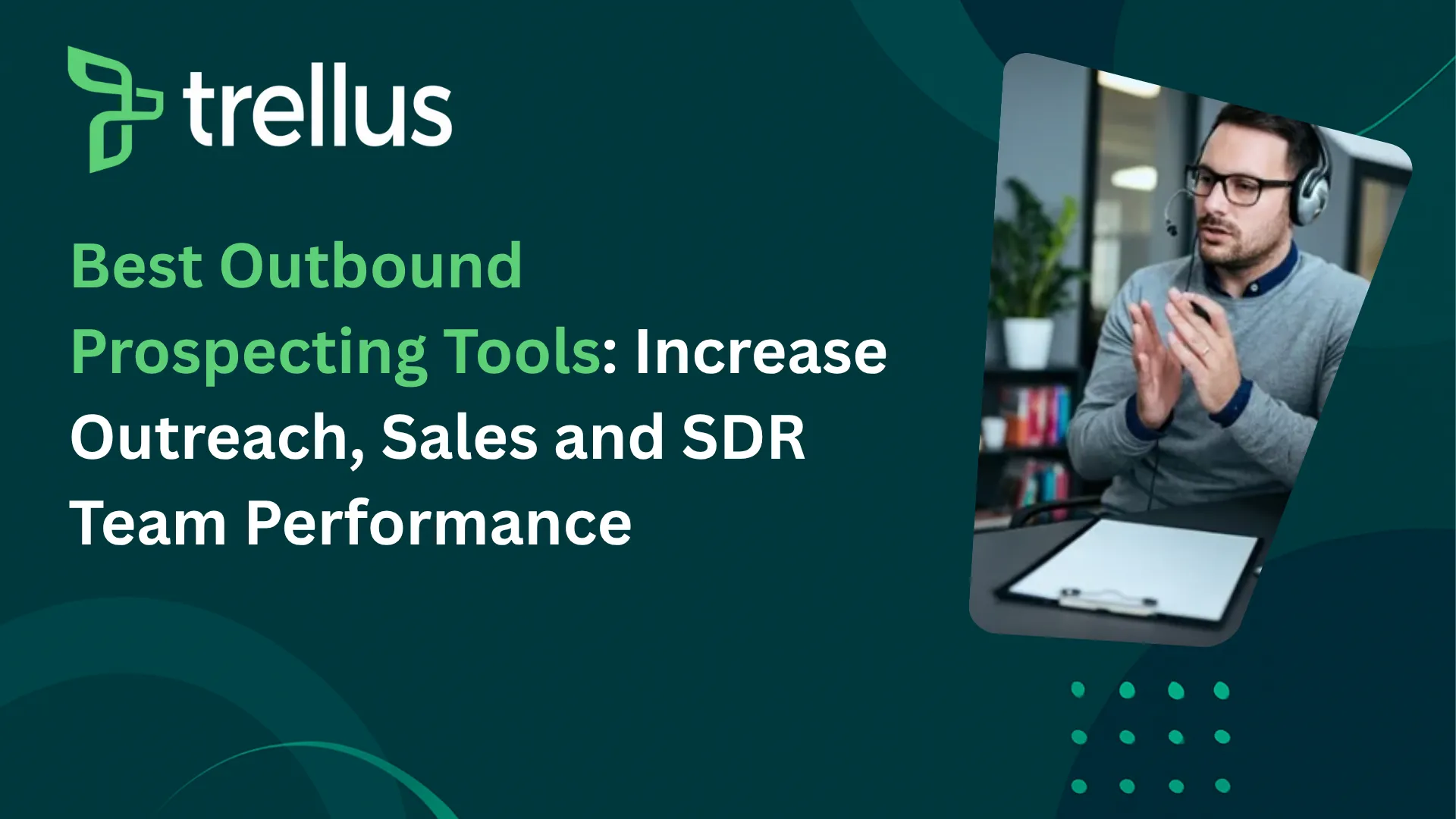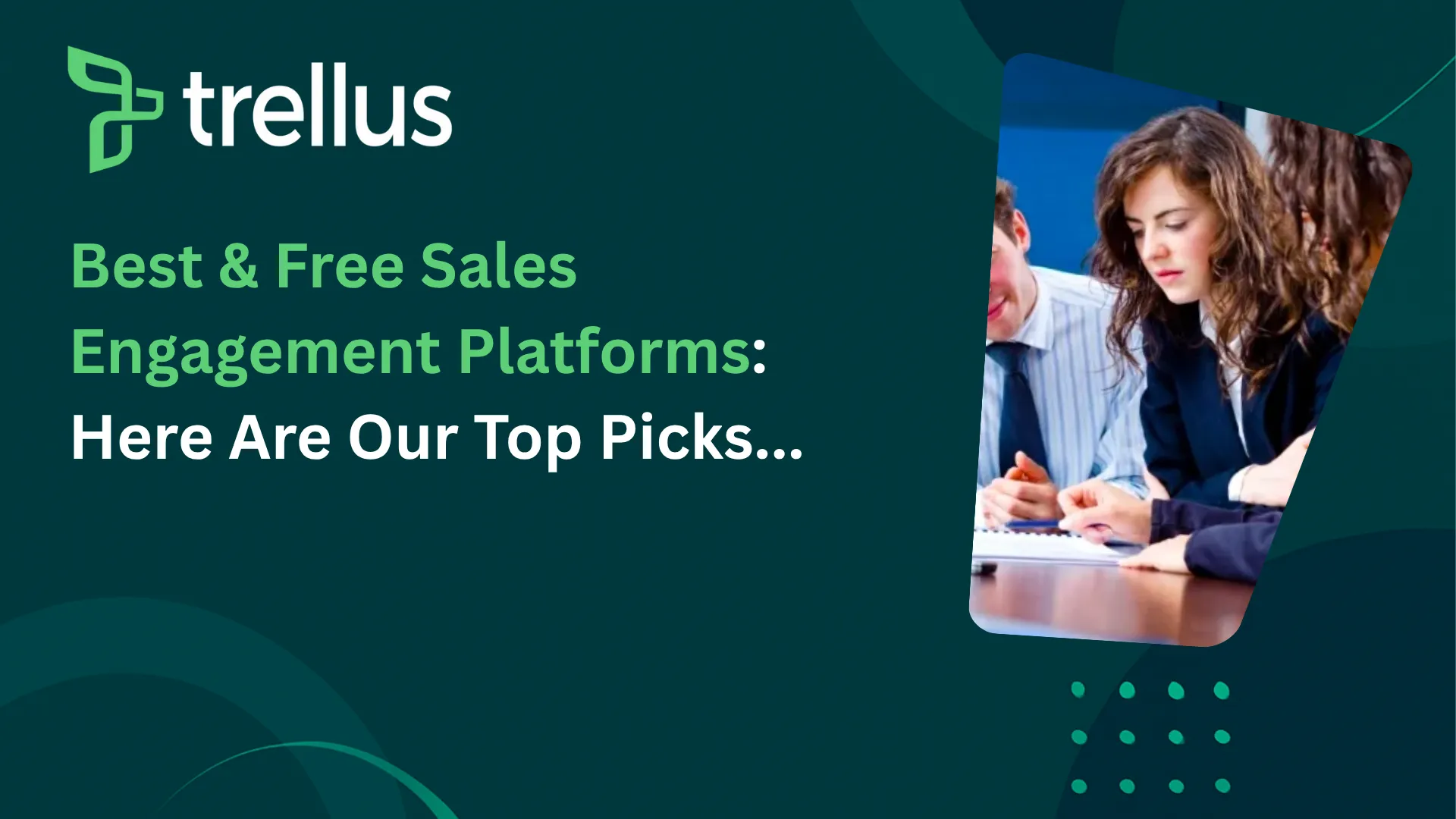
Our Top Picks


My days used to feel like 36 hours when I was part of a sales team. Anyone who has carried a quota knows what I mean.
From the outside, people assume sales is just about calling and selling. But the reality? It’s a balancing act between endless prospecting, following up with lukewarm leads, scrambling to update CRM fields, and trying to squeeze in time for meaningful conversations with clients.
I remember making dozens of calls, shooting out emails, and even sending a few texts during the day—only to look back and realize I barely moved the needle on my pipeline.
Targets kept looming, pipeline visibility felt like a black box, and the constant juggle between client acquisition, revenue growth, and deal closures left little room to breathe.
What ate up the most time wasn’t even selling; it was wrestling with manual workflows inside the CRM. Logging calls, entering notes, updating lead statuses.
Had I known about modern sales engagement platforms back then, I would’ve spared myself the late nights, the hair-pulling frustration, and maybe even those heated conversations with marketing about lead quality.
That’s what pushed me to start testing and evaluating the tools that claim to make sales more efficient.
The goal wasn’t just to save time; it was to understand which tools actually help a sales team hit targets without burning out. And after trial, error, and countless comparisons, I’ve put together what I think are the top sales engagement platforms to watch in 2025.
But before we get to the list, let me share the yardstick I used to measure them.
What Makes a Sales Engagement Platform Worth Your Time?
The best sales engagement platforms aren’t just fancy add-ons to your CRM. Think of them as the catalyst that turns a static CRM into an active selling machine. They streamline communication, make sure leads don’t slip through the cracks, and help sales reps focus on what actually matters—conversations that close deals.
Here’s what I prioritized while comparing tools:
Multi-Channel Outreach
Back when I worked only with CRM, I often found myself stuck sending emails and hoping for a reply. But prospects are everywhere: LinkedIn, WhatsApp, phone calls, even direct mail in some industries. So, a good sales engagement platform should handle multi-channel outreach in a single flow. That way, you’re not juggling five different apps just to get a prospect’s attention.
Automation and Workflow Sequences
Sales isn’t about chasing reminders; it’s about creating momentum. The right platform should allow you to set up sequences where follow-ups, nudges, and next steps happen automatically. It’s about saving your team from repetitive work while still making every interaction feel timely.
CRM Integration and Real-Time Data Sync
This is non-negotiable. If data doesn’t move smoothly between your CRM and the engagement platform, your team ends up back where they started—manually updating records. I looked for tools where lead profiles, statuses, and interactions sync seamlessly.
Advanced Analytics and Reporting
Sales leaders don’t just want activity logs; they want insights. The top sales engagement platforms I shortlisted provide detailed reports that track outreach effectiveness, conversion rates, and pipeline health. That kind of visibility is what helps you coach reps and refine strategies.
Performance Tracking
I’ve seen reps underperform for months simply because no one noticed the warning signs early enough. Real-time performance tracking helps managers spot gaps and act before they turn into missed targets.
Personalization at Scale
Prospects can smell a generic template a mile away. I prioritized tools that combine automation with personalization—AI-driven recommendations, dynamic templates, and message customization that help salespeople connect without sounding robotic.
Compliance and Data Security
Sales data is sensitive, and regulations like GDPR and CCPA aren’t optional. Any tool worth considering must have strong compliance features, encryption, and permission controls built in.
With that framework in mind, let’s walk through the best sales engagement platforms that stood out.
1. Trellus: The Ultimate Sales Engagement Solution
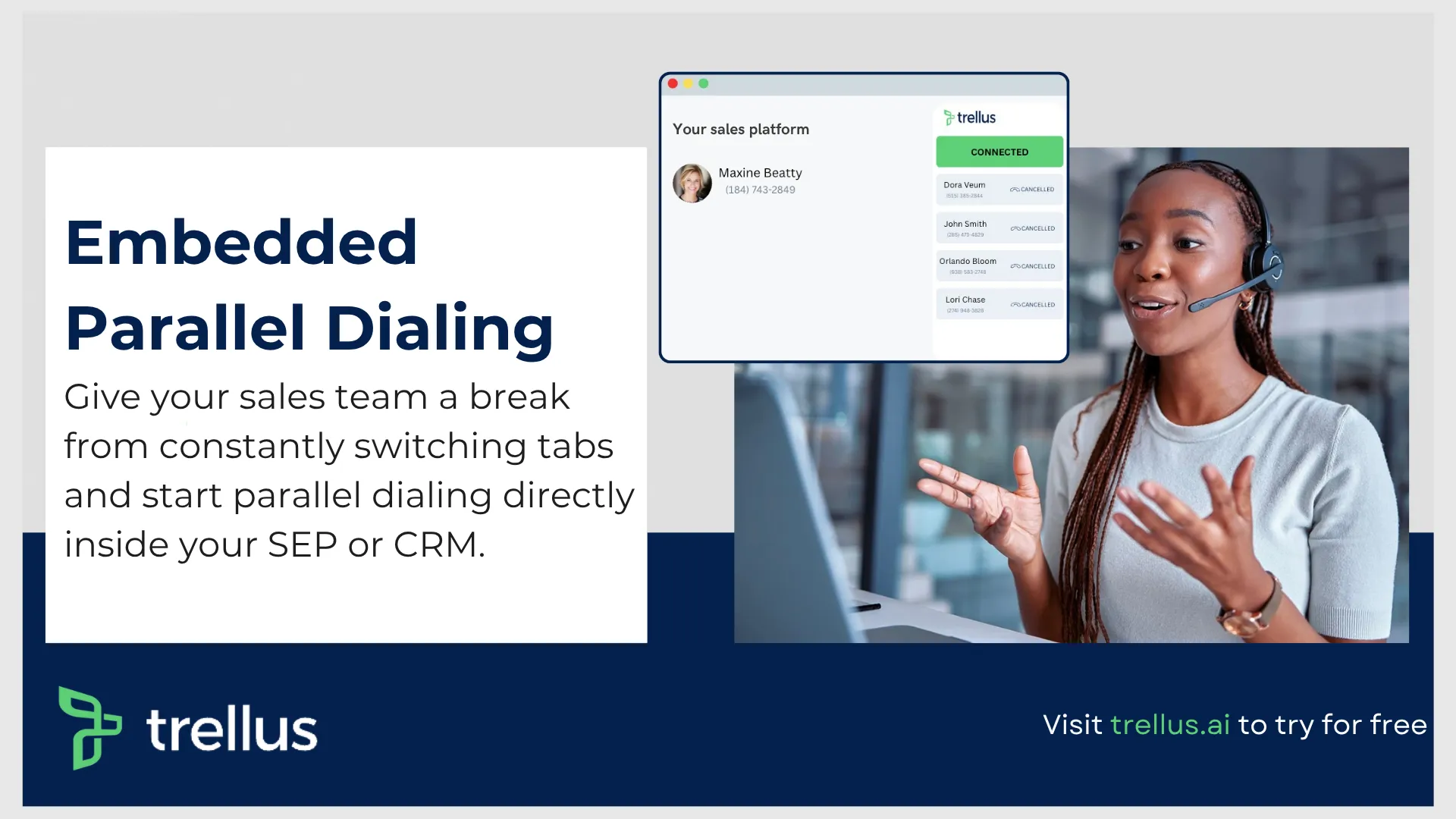
As far as outreach, prospect engagement, and conversions are concerned, Trellus is a game-changing solution: an all-in-one sales engagement platform built to simplify workflows, sharpen conversational tactics, and drive better outcomes.
With AI at its core, this tool turns routine sales processes into efficient, high-impact strategies.
The question is: why would you go for Trellus, when there are “plenty” of other sales engagement tools available online.
Let’s find out what makes this platform worth it…
Solving Sales Challenges with an All-in-One Platform
For sales professionals, time is often the biggest challenge.
Between dialing prospects, leaving voicemails, and logging call data, the manual workload can easily eat up hours better spent closing deals. That’s where automation and AI step in to do the heavy lifting.
An advanced sales engagement platform integrates everything a team needs into one seamless experience.
It’s not just about making calls easier; it’s about rethinking how sales happen—automating repetitive tasks, improving conversations in real time, and optimizing workflows to focus on what truly matters: closing more deals.
Smarter Conversations Through AI
One standout feature of this platform is its built-in AI assistant, designed to support sales reps during live calls.
This isn’t your standard “record and review” setup.
The embedded AI technology actively listens to calls, analyzing tone, keywords, and customer sentiment to provide instant feedback and suggestions.
Imagine being mid-conversation with a prospect and getting real-time prompts to adjust your phrasing or tackle objections effectively.
That kind of in-the-moment coaching can be the difference between a polite “no thanks” and securing a follow-up meeting.
Key Benefits of Real-Time AI Coaching:
- Better Objection Handling: The AI detects hesitation or pushback and suggests alternative approaches to keep the conversation moving forward.
- Enhanced Persuasion Tactics: Whether it’s rephrasing a pitch or asking the right questions, the AI ensures reps deliver their message with impact.
- Continuous Learning: Over time, the AI’s recommendations get smarter, adapting to each rep’s unique style and learning from past interactions.
Automated Workflows That Save Time
Sales isn’t just about talking to people—it’s also about staying organized.
To be honest, manually logging calls, tracking outcomes, and updating CRM systems is a major productivity killer.
An all-in-one sales engagement platform automates these tasks, ensuring every interaction is documented without interrupting the flow of work.
Highlights of Workflow Automation:
- Auto-Logging Calls: Each call is tracked, categorized, and synced with your CRM automatically, leaving no room for error or missed data.
- Voicemail Drops: Pre-recorded messages let you leave personalized voicemails without having to repeat yourself 50 times a day.
- Pause and Resume: A workflow feature ensures reps can pick up exactly where they left off, so nothing slips through the cracks.
In a nutshell, the platform frees up valuable time for sales teams to focus on building relationships and driving results.
Seamless CRM Integration for Effortless Data Management
Switching between multiple platforms to access customer data, manage campaigns, and track performance can slow down even the most efficient sales teams.
This sales engagement platform tackles that issue head-on with seamless CRM integration.
Working directly within your CRM means all your data is in one place, reducing errors and making it easier to plan next steps.
So, regardless of whether you’re tracking leads, analyzing campaign results, or preparing for follow-ups, everything you need is just a click away.
Why CRM Integration Matters?
- Centralized Information: No more toggling between tools or searching for lost data.
- Faster Decision-Making: With all your metrics and insights in one place, it’s easier to identify opportunities and adjust strategies.
- Team Collaboration: Everyone works from the same dashboard, ensuring consistent workflows and better communication.
2. HubSpot Sales Hub:
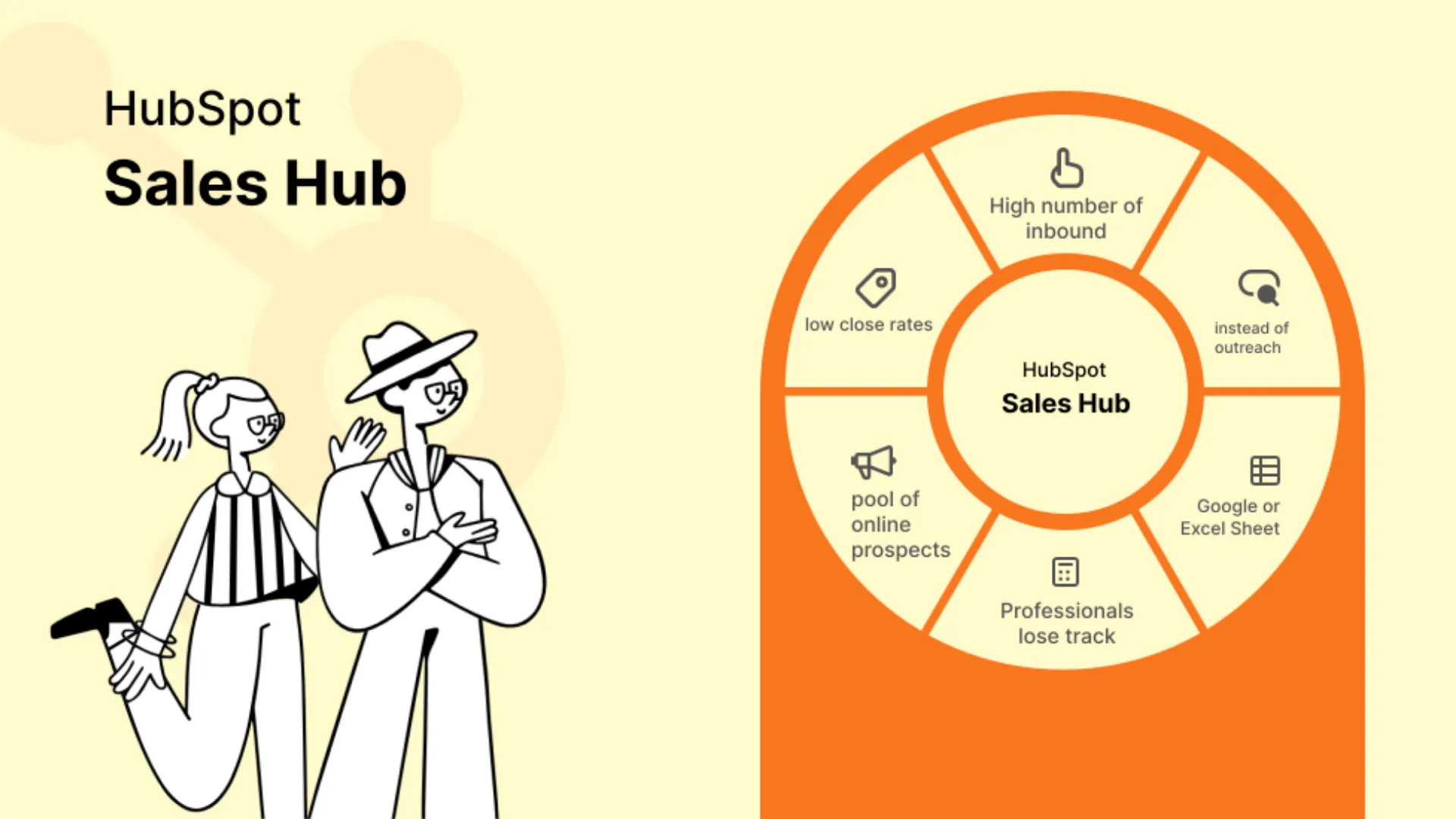
HubSpot Sales Hub deserves its reputation as one of the top sales engagement platforms because it simplifies both inbound and outbound motions on a single interface.
What stood out to me immediately was its user-friendly CRM combined with strong sales engagement features. You get real-time notifications when someone opens your email, making it easy to follow up when the lead is warm. The deal tracking dashboard gives a crystal-clear view of your pipeline, which is something many tools struggle with.
Another highlight is how it automatically logs every email, call, and interaction. No more worrying about forgetting to update the CRM—it’s all handled in the background. Plus, integrations with partner apps like Apollo make outbound outreach seamless.
Of course, no tool is perfect. HubSpot lures you in with its free tier, but you quickly realize that advanced reporting, workflow automation, and automated reminders sit behind higher-tier plans. For startups or smaller teams, the cost can escalate quickly. I also noticed that differentiating between leads and deals can feel clunky inside the system.
Still, for teams that want a reliable, all-in-one option, HubSpot Sales Hub is among the best sales engagement platforms available today.
3. ZoomInfo Sales:
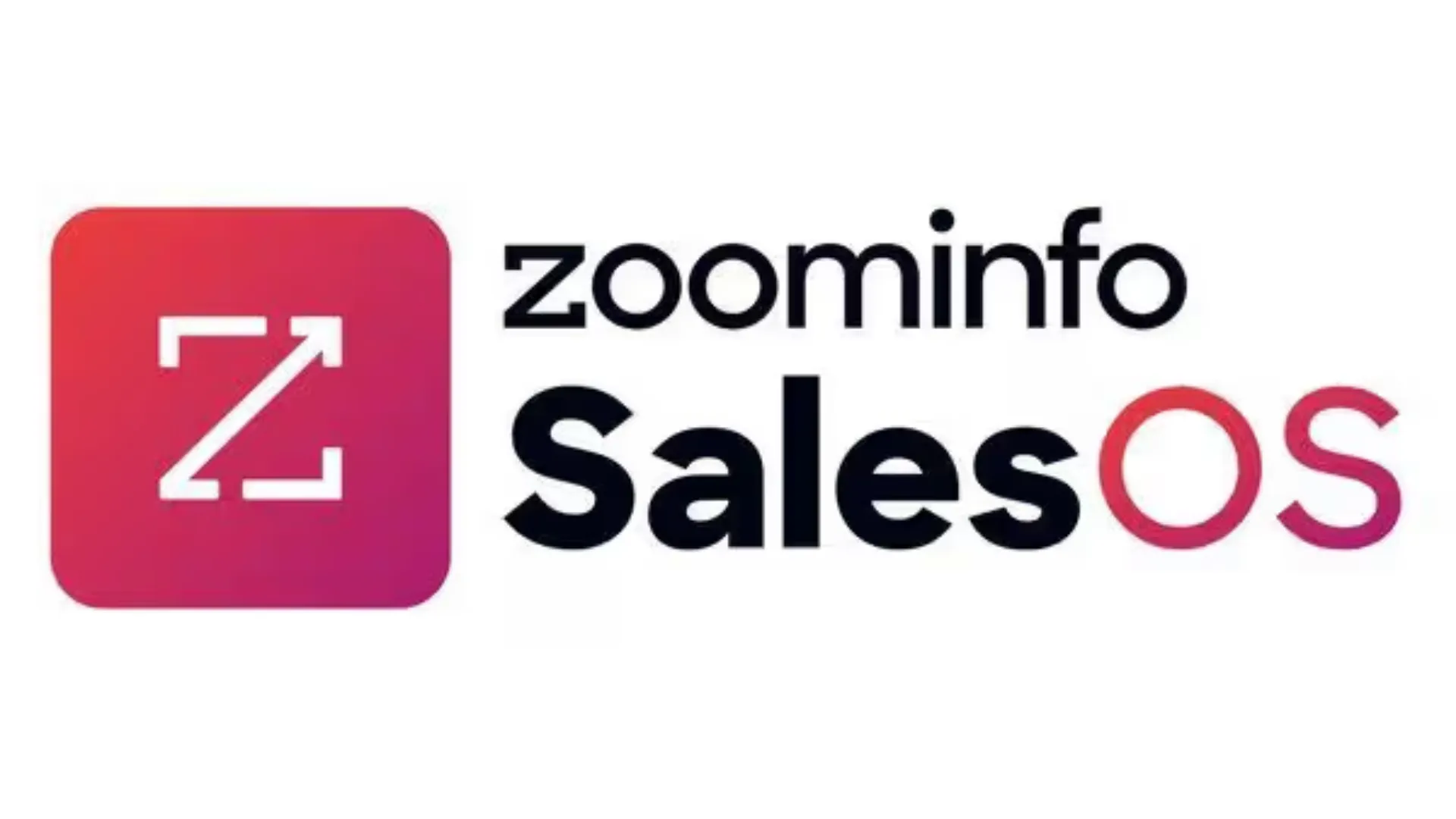
One of the hardest parts of outbound sales is finding the right contact and making sure their information is accurate. That’s where ZoomInfo shines.
The database is vast, covering emails, phone numbers, org charts, and even the technologies companies are using. Instead of wasting hours digging through LinkedIn or old lead lists, you can filter by job title, company size, or industry and get results within minutes.
The Salesforce CRM integration is also worth noting—when it works, the data syncs smoothly without manual intervention. I’ve used it to enrich existing leads and feed accurate data directly into the pipeline.
That said, ZoomInfo isn’t flawless. There have been times when emails bounced or phone numbers were outdated, which meant extra verification work. Pricing is another sticking point; premium plans that unlock the full power of automation and enriched data don’t come cheap. And while the filtering system is robust, I sometimes wished for even more granular targeting.
Despite the quirks, ZoomInfo remains one of the best sales engagement platforms for data-driven teams who value access to accurate contacts and deep company insights.
4. Apollo.io:
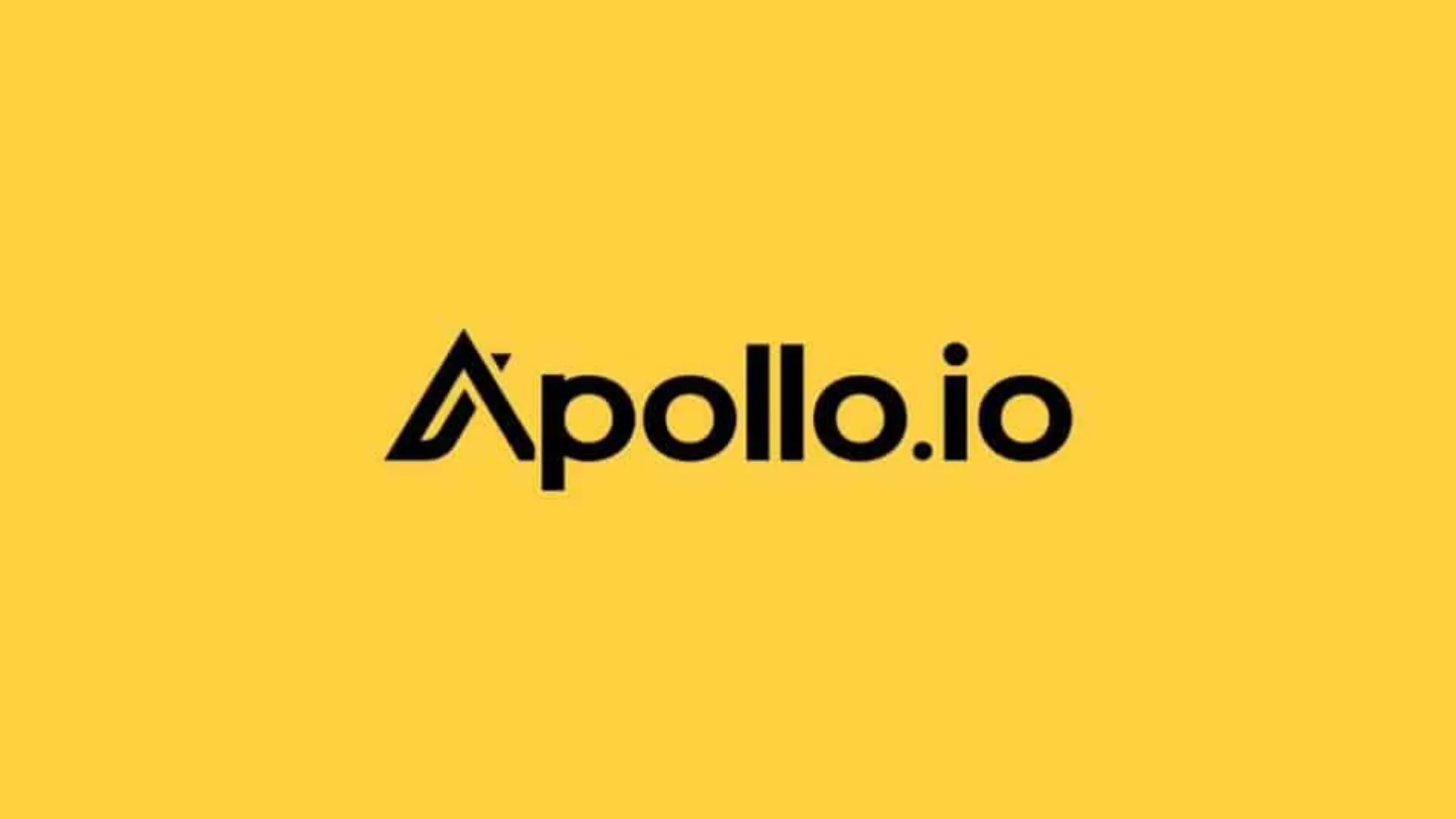
Apollo.io is built for B2B sales teams that want everything—from prospecting to outreach—in one hub.
The reporting and analytics here are strong. You’re not just tracking open rates; you’re getting detailed insights into how each campaign performs and where conversions happen. This helps refine future campaigns with precision.
What I particularly appreciate is the workflow automation. You can set up entire sequences that run on autopilot, complete with triggered follow-ups based on engagement. It’s like having a personal assistant making sure no lead goes cold.
The platform also integrates tightly with LinkedIn, making it easier to find and connect with the right prospects. On the email front, it provides verified addresses, sequencing tools, and performance tracking—all in one place.
Pricing, however, can be a puzzle. The credit system for lookups means you need to ration usage carefully. For independent reps or small teams, costs can rise fast if you’re not strategic.
Still, Apollo.io sits firmly among the top sales engagement platforms because it balances prospecting power with multi-channel outreach in a way few others do.
5. Upscale:
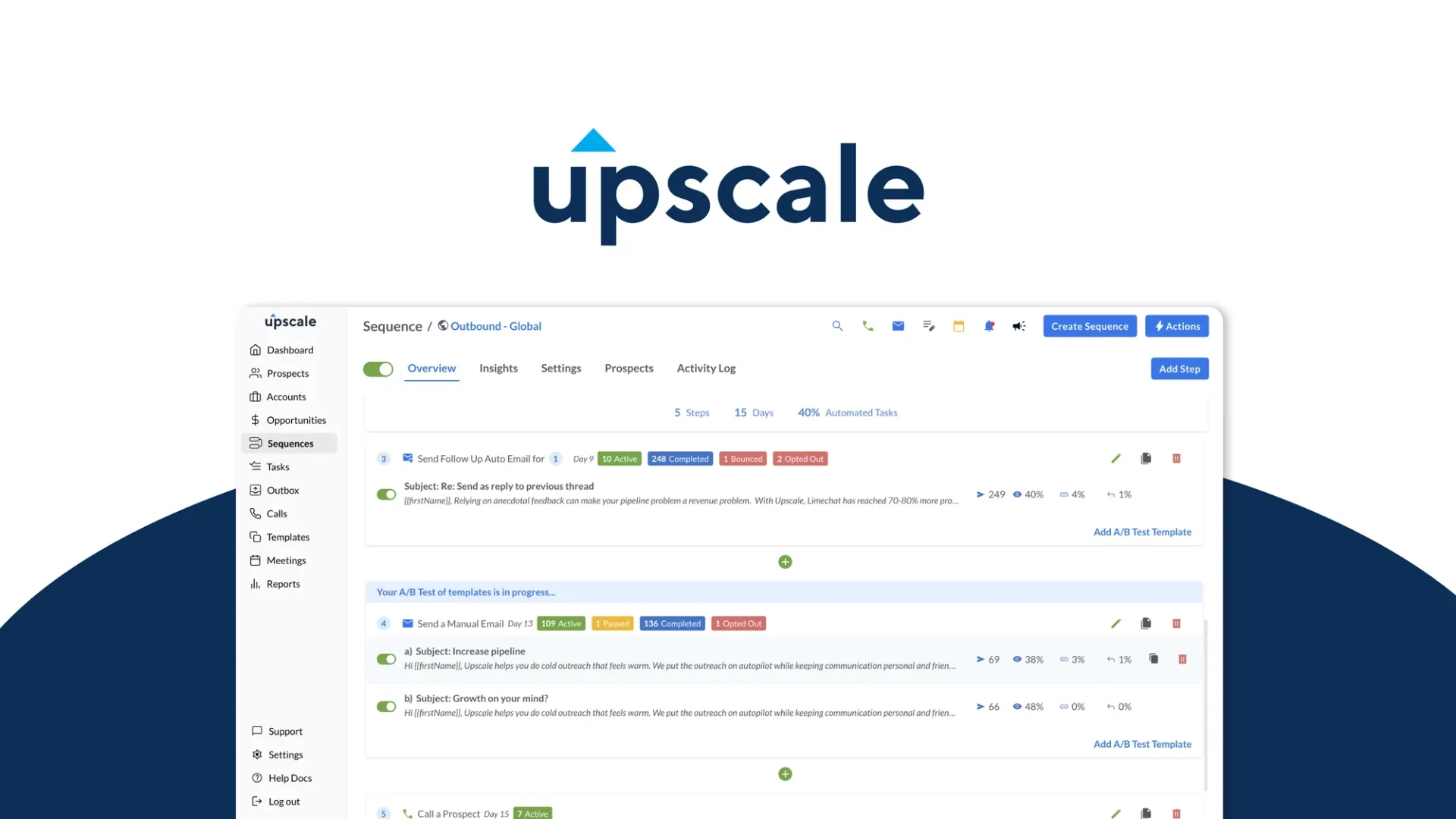
Upscale is best suited for teams that need strong coordination across multiple sales channels. It brings email, LinkedIn, WhatsApp, and calls into one system, along with a dialer that auto-assigns incoming calls.
The platform really shines in task management. Sales managers can track who’s assigned to which prospect, monitor progress, and ensure no tasks are left hanging. Reps get notifications about their tasks, and performance tracking makes it clear who’s hitting the mark and who might need extra coaching.
Some of the standout features include unlimited multi-channel sequences, call recording, A/B testing, and local area code masking. Integrations with tools like HubSpot, Salesforce, Slack, and Pipedrive make it flexible enough for most teams.
It’s not without its drawbacks. The learning curve can feel steep, and data exports being sent via email instead of direct downloads is an odd choice. But for teams that want sales engagement combined with structured task management, Upscale earns its place as one of the best sales engagement platforms.
6. Autobound:
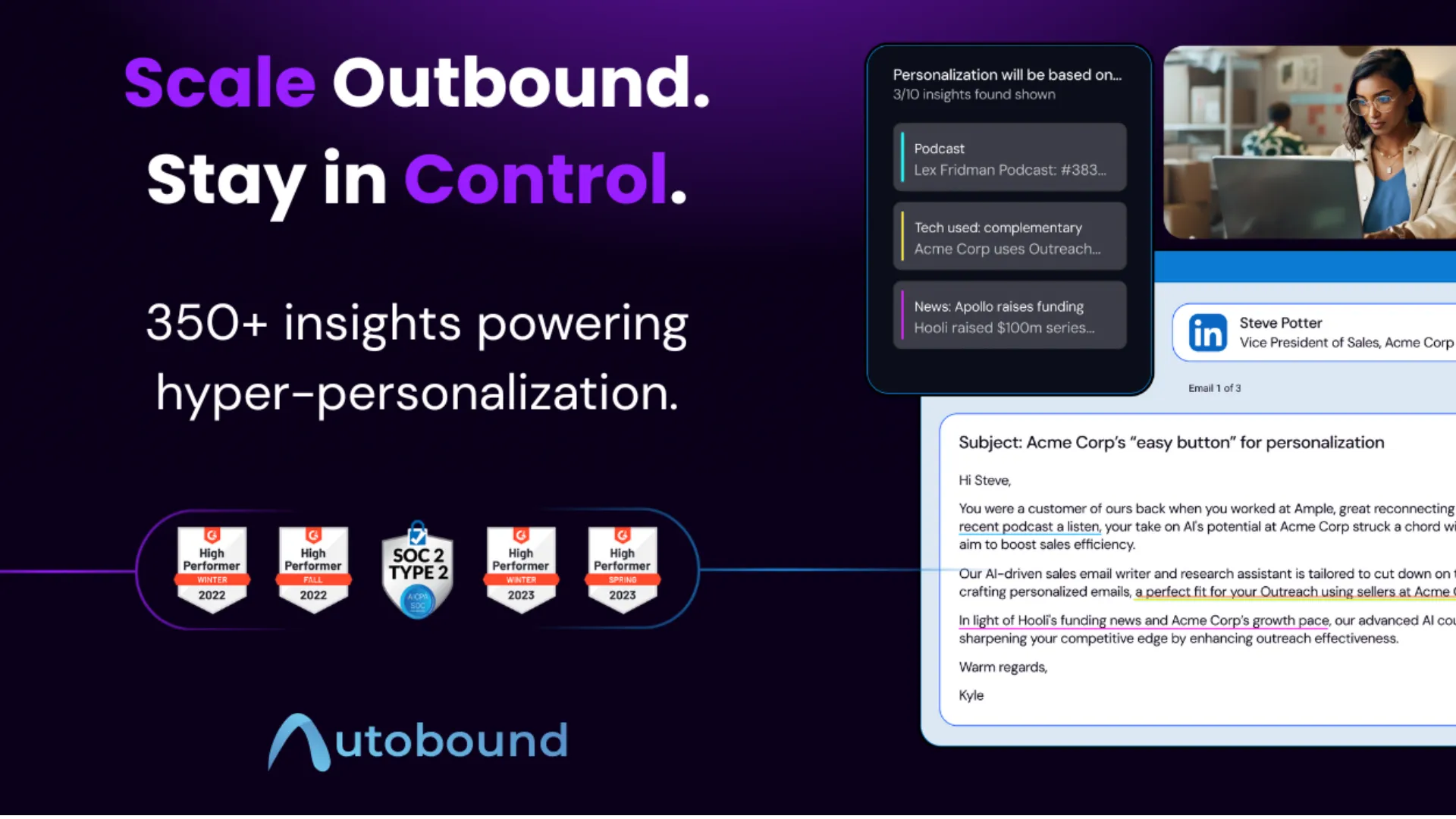
If you’ve ever stared at a blank screen trying to write a personalized email, Autobound will feel like a lifesaver.
This platform leans heavily on AI to generate outreach messages based on contact data. It analyzes shared experiences, educational backgrounds, or even social media posts to suggest relevant openers and talking points. Instead of spending hours researching, reps can start with AI-generated drafts and fine-tune them for authenticity.
It’s especially helpful for high-volume outbound teams that want personalization at scale without sacrificing quality. You can even train the system to understand your ICP, product, and competitors.
The limitation? Autobound is narrowly focused on messaging. If you want full-fledged sequencing, call tracking, or analytics, you’ll need to pair it with another sales engagement platform. Sometimes the AI recommendations can also feel generic, so human oversight is still key.
But as a messaging assistant, Autobound is one of the top sales engagement platforms worth watching in 2025.
7. Expandi:
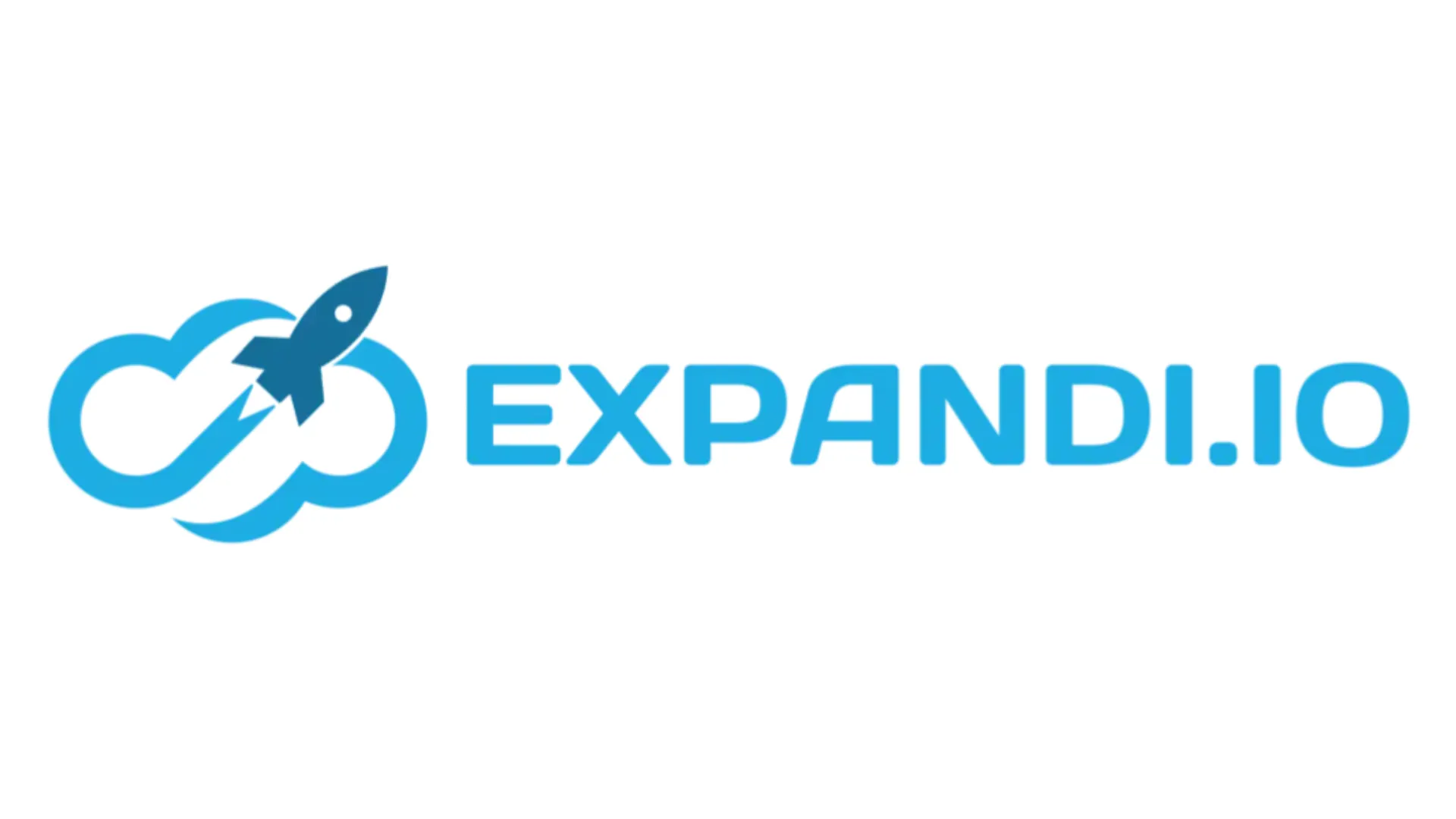
LinkedIn has become the playground for B2B sales, and Expandi is designed to help teams scale their efforts without breaking LinkedIn’s rules.
You can automate connection requests, follow-ups, and InMail messages while still keeping things human enough to avoid restrictions. Expandi also combines LinkedIn outreach with email, letting you run multi-channel campaigns from one platform.
A unique feature is its behavioral triggers—your sequences adjust automatically based on how prospects engage with your messages. On top of that, Expandi lets you add visual personalization like images and GIFs to make outreach stand out.
The ability to sync all of this with your CRM means reps don’t have to juggle updates. And for agencies or recruiters managing multiple accounts, the multi-account management with role-based access is a big plus.
Pricing starts at $99/month, making it fairly accessible for the value it offers. For teams that rely heavily on LinkedIn for prospecting, Expandi ranks among the best sales engagement platforms to scale social selling.
Why These Platforms Matter in 2025
Sales has always been about conversations, but the way those conversations start has changed dramatically. Buyers are busier, more informed, and harder to reach.
At the same time, sales teams are expected to hit higher targets with fewer resources.
That’s where the best sales engagement platforms step in.
They reduce manual work, ensure consistency in outreach, and give managers the visibility they need to steer teams in the right direction. Whether you prioritize multi-channel automation, data accuracy, or AI-driven personalization, the tools above are shaping how sales teams will operate in 2025 and beyond.
The truth is, no single platform is perfect for everyone.
HubSpot might be perfect for a team that wants an all-in-one solution. ZoomInfo shines for data-driven prospecting. Apollo.io is strong for B2B automation, while Upscale handles task management like a pro. Autobound makes personalization easier, and Expandi helps social sellers win on LinkedIn.



